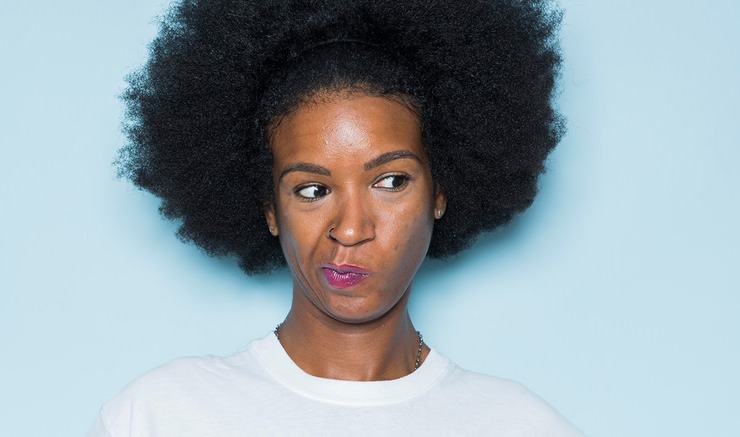 There are many hair care methods which veer from the traditional paths we are all familiar with. From oil rinsing to hanging upside down, you can find just about every kind of outlandish method you want with a quick internet search.
There are many hair care methods which veer from the traditional paths we are all familiar with. From oil rinsing to hanging upside down, you can find just about every kind of outlandish method you want with a quick internet search.
Although many non-traditional hair care methods get a bad rap, there are usually some redeeming qualities buried within them. It should also be taken into consideration, that not everything works for everyone.
Many of the methods of hair care that are outside of the acceptable norms, stem from some known or notable practice that has been found to be effective or beneficial. This is where many believe the water only method found its origin.
Water is probably the best moisturizer for any hair type. Things like sealing and steaming are all derived from attempts to retain as much water moisture as possible within the hair’s strands. So it would be a logical jump to think that using only water, must be hugely beneficial to the health of one’s hair.
There are proponents of the method who swear by it. Some even claim faster hair growth*, less breakage and more defined curls – all achieved directly because of implementing the water only method into their hair regimen.
How the water only methods works
The water only method is a method of hair care where the hair is washed and maintained without the use of shampoos and/or conditioners. The sebum produced by the glands on the scalp is massaged throughout the length of the hair strands where it performs as a moisturizer.
No other products are used on the hair and because of this, maintaining the cleanliness of the hair with only water, is deemed effective.
While this method has gained momentum over the past few years, there are some notable cons that may deter those who are thinking of taking the plunge. Let’s look at 4 cons of the water only method.
Manual sebum distribution
Manual sebum distribution is the hinge that holds this entire method together. The hair strands need moisture and oil. The scalp produces the necessary oils, but those oils* must be coerced down the full length of the strands.
Sufficient amounts of sebum are sometimes produced naturally. When it is not, gently agitating the scalp is believed to encourage the production of additional sebum. The agitation also loosens dirt which is then washed out with water.
Typically, conditioners are used to coat the strands of the hair and the application of external oils* act like sebum does. Having to manually farm and move sebum down the length of the hair is a tedious task. It is also time consuming.
Congrats!!!!